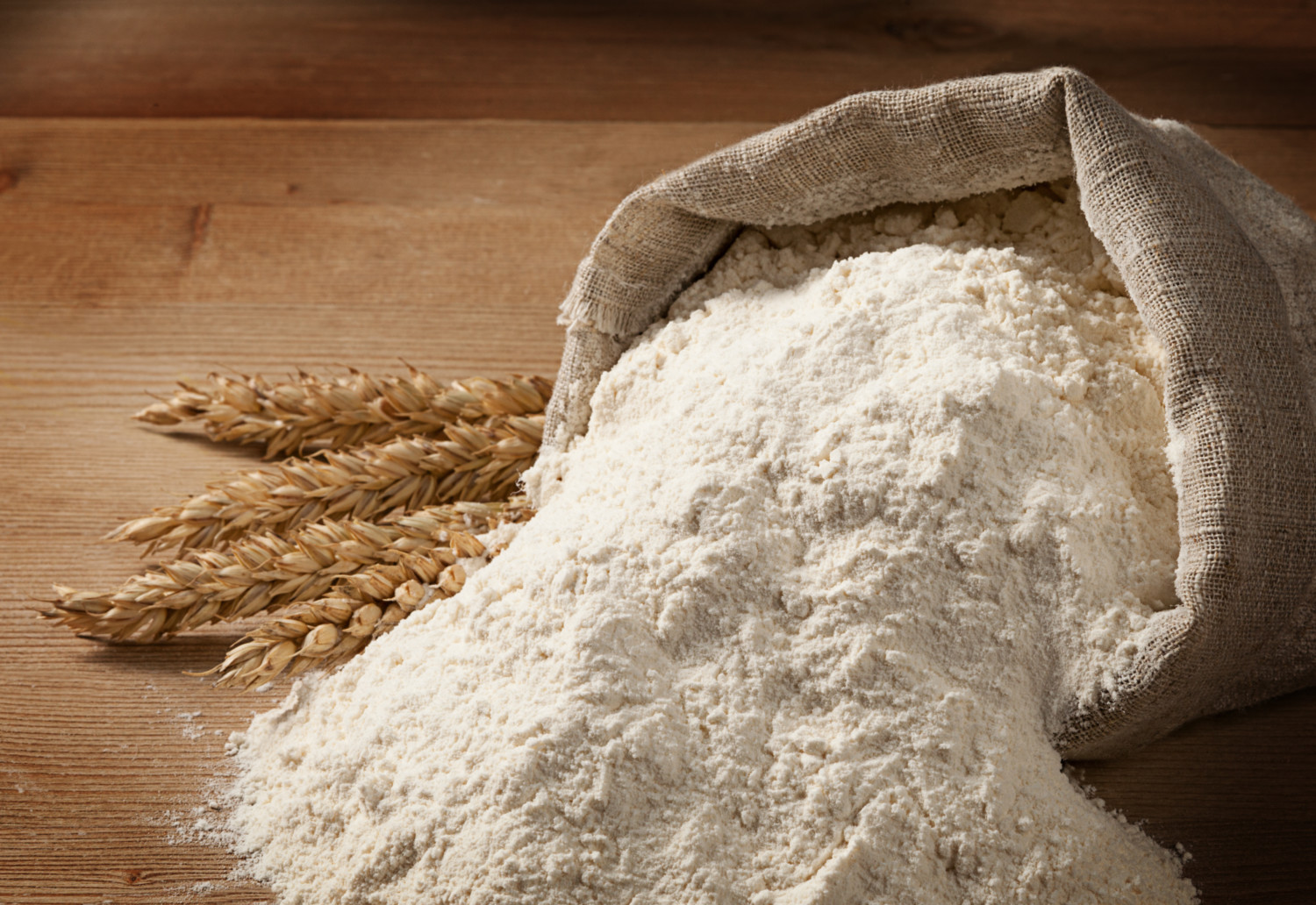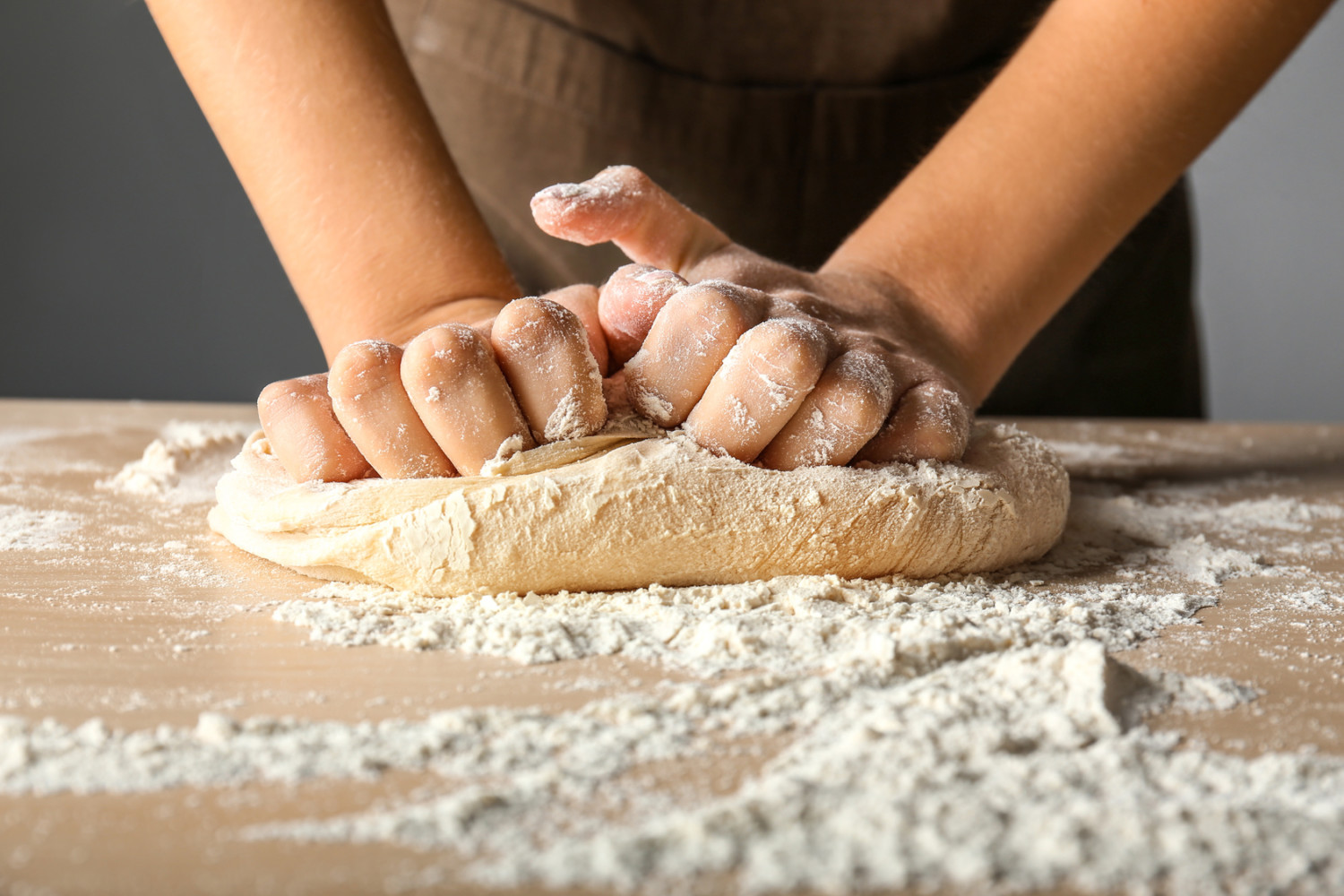From January through October, there’s not a lot of baking going on at my house. Then the winter holidays roll around, and suddenly my kitchen turns into the set of “Cake Boss.” Flour, sugar and baking soda are immediately in high demand. But can I use the leftover ingredients from the last baking go-round?
Knowing when to toss your old ingredients is an important part of the art of baking, if you want to create the best and freshest foods for your family and friends. And of course, safety is an issue. According to foodsafety.gov, a resource designed to help you understand food storage guidelines, you can keep baking powder around for six months after opening, while granulated sugar can be kept for up to two years.
And flour? Although flour is considered shelf-stable by the U.S. Department of Agriculture, your mileage depends on what kind of flour you’re using and where you store it.
A good rule of thumb: Flour stays fresh for up to eight months if stored at room temperature. But if you want your flour to last as long as possible, don’t just place it in the cabinet in the paper bag it came in.

MORE: Can you get raw flour? It’s a bad idea for several reasons
“You want one to two extra layers to protect your flour from outside moisture, permeating odors, and heat to prevent it from spoiling prematurely,” says Maranda from King Arthur Flour’s Baker’s Hotline team. “It could be something as simple as sliding your bag of flour into a large resealable bag or a lock-top flour container.”
If you opt to pour your flour into the container without the paper bag, cut off the expiration date and tape it to the outside of the container. Then stash the container in a cool, dry, dark spot in the pantry, since heat and light can cause spoilage.
And watch for weevils! If you have these little insects in your flour, the freezer is the best place to put your flour for a few days.

MORE: 11 Surprising Uses For Flour Around Your Home
The freezer is also the best storage option for nut flours (like almond flour) or whole grain flours (like brown rice flour). These types of flour have a shorter shelf life because they contain fat. (Whole grain flours store healthy fats within the germ, which is the embryo of the kernel; nut flours have natural fats from the nut itself.) When the flour is milled, the fat begins to oxidize — leading to faster spoilage.
“If you don’t have space in the freezer but have some room in your fridge, you can keep flour fresh there as well,” Maranda says. Even in the freezer or fridge, place the flour in an airtight container or bag first.
What if you’re just learning this storage technique now, and you’ve got a large paper bag of flour that’s been sitting in your cupboard for an indeterminate amount of time? How can you tell if it’s gone bad?

MORE: Best flour storage canisters
Start by checking the sell-by date. Expired flour can be safe to use, but it won’t be as effective in baking as fresh flour. Then take a whiff. Fresh flour won’t have a smell, while spoiled flour will smell musty or stale. Then inspect it for clumps. Flour that’s been exposed to moisture can form mold. In that case, toss it out immediately.
What’s the best way to store flour? originally appeared on Simplemost.com, helping make the most out of life.
> > SIGN UP for the Simplemost weekly newsletter < <



